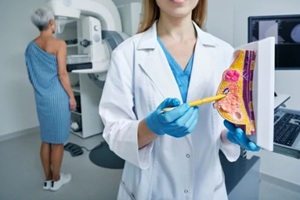 Breast cancer screening usually brings to mind mammograms, which are one of the main ways to identify breast cancer. While mammograms are an irreplaceable part of a smart healthcare plan, they should not be the only way to keep up with breast health. Performing breast self-exams is also an essential element to prevent the development of cancer by catching it while it is still in its most minor, most treatable stage.
Breast cancer screening usually brings to mind mammograms, which are one of the main ways to identify breast cancer. While mammograms are an irreplaceable part of a smart healthcare plan, they should not be the only way to keep up with breast health. Performing breast self-exams is also an essential element to prevent the development of cancer by catching it while it is still in its most minor, most treatable stage.
Studies show that breast cancer can grow quickly; certain types can double in tumor size in as little as 25 days. This leaves a significant risk for those who use mammography as their only screening method. Uncover the role of self-exams in breast cancer screening and how to perform one on yourself so you can stay safe and healthy.
What Is a Breast Self-Exam?
A breast self-exam is the process of palpating (that is, feeling by using pressure and motion) the breast tissue to identify areas that have potentially changed or those that feel unusual.
What is considered normal will vary from person to person. Some women have especially dense breast tissue, while others maintain minimal fat in the breasts. This is part of why conducting regular exams is essential: it helps establish a baseline for comparison later.
Breast self-exams are recommended at least monthly, but many women do them once a week or more. They are easy to do while in the shower or lying in bed, so turning exams into a habit is simple. An exam should be done using the pads of your fingers, not the palms. Many women choose the shower because it makes motion over the chest area easier!
The Best Breast Self-Exam Technique
All breast exams should begin with a visual examination. In some cases, breast issues can be identified by sight before touch. Look at:
- The size of the breasts
- Breast symmetry (it’s all right if they are not the same size or orientation, but dramatic differences should be investigated)
- Any dimpling or puckered areas
- The nipples (turned-in nipples especially should be seen by a doctor)
- The hard ridges underneath the breasts
- The shape of the breasts, both with arms above the head and when resting the hands on the hips
Once the breasts have been visually reviewed, it is time to move on to the manual exam. Taking the pads of the fingers, start at the 12 o’clock position at the nipple and move the fingers upward toward the collarbone.
Repeat this process with varying degrees of pressure. Then, move on to 1 o’clock and repeat the process until all tissue has been examined in the entire circle. Do not forget to investigate the armpits. Any lumps, bumps, or unusual areas, especially those that change over time, are cause to visit the doctor for more testing.
Are Self-Exams Enough?
Breast self-exams play an essential role in cancer prevention. However, as with many types of preventive healthcare, they alone can leave some things missing. The best strategy to reduce breast cancer risk is to catch it early by combining regular breast exams with mammograms and well-woman visits.
Mammograms can see deeper into the breast tissue than a self-exam may be able to feel. Additionally, while women can become familiar with the normal state of their breasts, they are not medical professionals and may overlook lumps that a doctor could feel.
 For these reasons and many more, the smartest way to approach breast cancer prevention is to visit a doctor regularly. Mammograms combined with self-exams produce a higher detection rate, almost double that of mammography or self-exams alone.
For these reasons and many more, the smartest way to approach breast cancer prevention is to visit a doctor regularly. Mammograms combined with self-exams produce a higher detection rate, almost double that of mammography or self-exams alone.
That being said, it is wise to embrace the self-exam as a great interim strategy between mammograms. If you are unsure how to perform an exam correctly, ask your doctor to demonstrate and provide advice to get the most out of your exam routine.
Get Your Yearly Mammogram
The role of self-exams in breast cancer screening cannot be overstated, as they increase the detection rate of breast cancer. Alongside mammography, self-exams can significantly boost the diagnosis rate of cancer while it is still in its infancy and when the survival rate approaches 99%.
If it is time for your next mammogram, schedule it at a convenient time so you do not have to worry about fitting it into your busy day. The professionals at Raleigh Gynecology & Wellness can help you establish a strong mammogram history and develop good habits for breast self-exams. Contact Raleigh Gynecology & Wellness to schedule your appointment!
